Rebekah Isaacs spends most of her days at her drafting table, hanging out with super heroes and her cat, Fantastic Doughnut. As a professional comic book artist, she works ten- to twelve- hour days creating art and layouts for a variety of titles and projects for major publishers like Marvel and DC Comics. Isaacs will be evaluating Comic Art entries in this year’s Scholastic Art Awards. We recently caught up with her to ask her about her secret origins, her work in the comics biz and her favorite superpower.
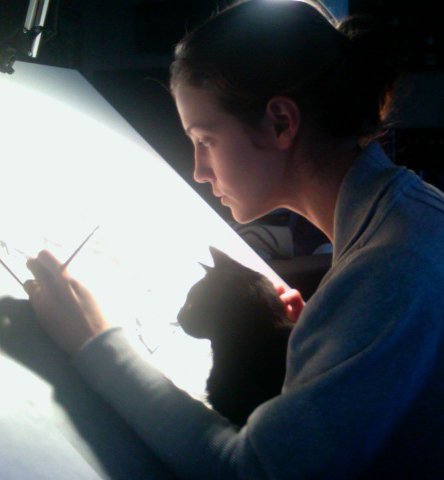
AYAW: You’re a comic book artist. Does that mean you really get to sit around reading comic books all day?
REBEKAH: You might think so, but I hardly get time to read comics, and I’ve heard other comics creators say the same. Our schedules are usually just too demanding to allow for a lot of reading time. Most artists work 8-12 hours a day (my average day is usually 10-12 hours). Although it’s lots of fun, I like to spend my few free hours with friends, since I work from home as many artists do. But that also means I can work in my pajamas! When I do read comics, it’s often more to study the art and check out what other artists are doing.
AYAW: Did you get a college degree in sequential art, and do you think that’s helpful or not necessary?
REBEKAH: I got a BFA in Sequential Art from the Savannah College of Art and Design. It was an amazing program for me and besides fantastic instruction, it also provides graduates with industry connections and opportunities to meet with editors and get their portfolios reviewed even before they graduate. I know formal schooling isn’t for everyone, though. Before there were programs like the Kubert School or comic art programs in colleges and universities, artists either had art degrees in other fields, unrelated degrees or went straight from high school to working professionally. It really all depends on your beginning skill level, your motivation and self-discipline, and your career goals.
AYAW: How are most comic book artists employed? Do you work with one company, or do you have to freelance and find work, and can you choose the projects you work on?
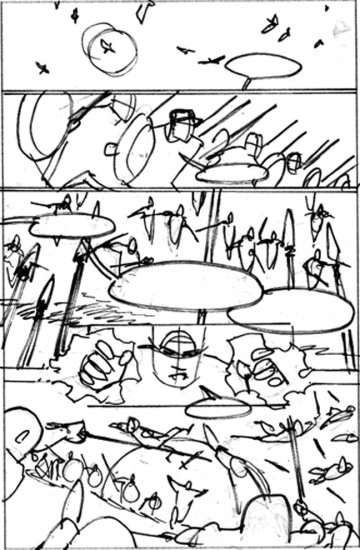
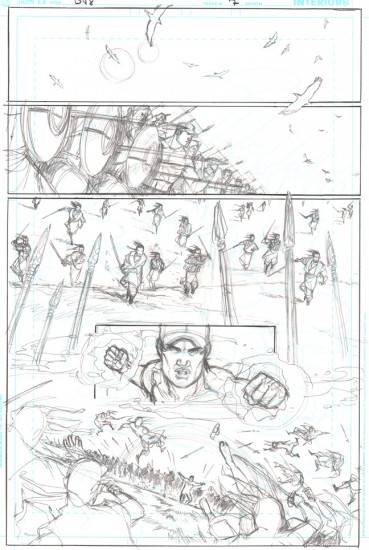
REBEKAH: Most artists these days are freelance, although some artists are offered exclusive contracts based on talent, popularity and length of time with the company. Like a lot of professional artists, I work as a freelancer, which is a little different from having a salaried, 9AM-5PM kind of job. It means I can draw titles for any company and manage my own schedule. But as a freelancer, you’re only paid on a project-by-project basis, and there can be a lag in work between jobs. Luckily I haven’t had any trouble keeping steady work. Meeting deadlines is the most important thing to editors, and I’ve found that if you can deliver on that they’ll keep sending work your way.
AYAW: Do you tend use traditional fine art skills and tools (perspective, composition, pencil, etc.) or computers at your job?
REBEKAH: Art for comic books needs to be drawn, inked, then colored. Sometimes artists do the entire process themselves, but often the coloring and inking is done separately.
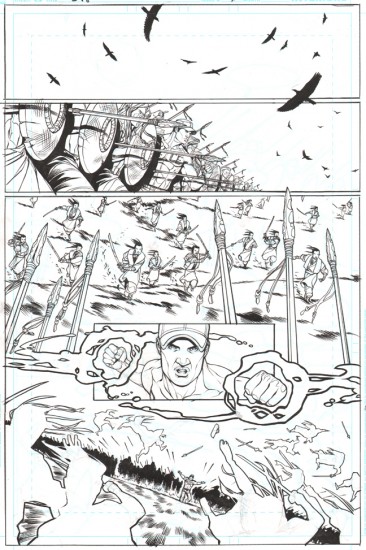
I do my small rough sketches on my iPad using a program called ArtStudio, then print them out in blue lines at full size (about 10×15 inches) on bristol board, pencil and ink using brush and waterproof ink, and then clean up the final scan in Photoshop. Many artists draw directly on a computer using a tablet or a Cintiq touch-monitor, but I really like to be able to take my work to a café or the park when I get too cooped up, so I’m sticking with mostly traditional methods for now.
AYAW: What is something you’ve learned about the comic book industry that you didn’t know before you began and is helpful for aspiring comic book artists to know?
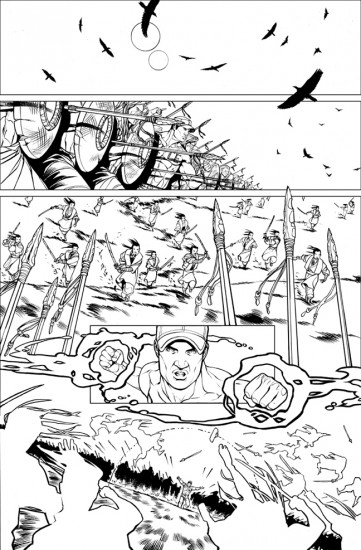
REBEKAH: The thing that really sets you apart in this industry is hard work, dedication and reliability. I wish I’d realized that in high school when I played WAY too many video games when I could’ve been drawing. Every minute of free time is an opportunity to improve, and you’re never too young to set big goals for yourself and do great work.
AYAW: What kind of comic book art do you do? Is it mostly superhero work?
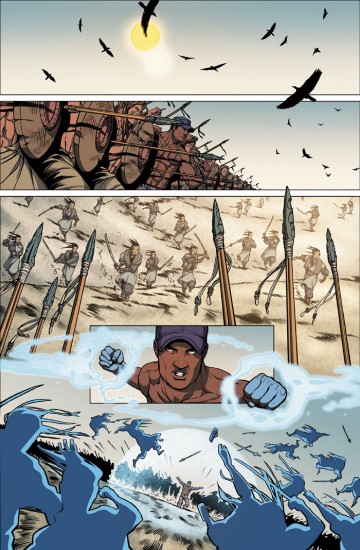
REBEKAH: Superhero comics are only a genre within the medium of comic books, and if you walked into a comic book store today you would find sci-fi and fantasy, but you’d also find biography and autobiography, romance, travelogues and humor books. You could even find a lot of comic book adaptations of popular literature or mythology.
I work in what most people call a “mainstream” style, which means a clean, realistic style that is most often seen in superhero books from Marvel or DC. But the kind of art that’s considered mainstream changes quite a lot over time and, especially now, Marvel and DC are employing a lot of artists with styles that are more experimental. The industry as a whole gets more diverse every day. There’s really something for everyone.
AYAW: What titles/projects are you currently working on or would you like to work on?
REBEKAH: Right now I’m finishing up a modern fantasy series, MAGUS, that was written by my boyfriend and published by 12 Gauge Comics, and a Captain America/Falcon one-shot at Marvel. I haven’t decided what I’m taking on next, but my dream book would be anything centered around my favorite character, Wolverine.
AYAW: We have to know. If you could be a superhero or have any kind of superpower…what would it be?
REBEKAH: Teleportation! If I could get up from my drafting table in Queens and within seconds be in Osaka for a quick kaiten sushi lunch, I would be absolutely content.
You can learn more about Rebekah Isaacs and her work by visiting her site, www.rebekahisaacs.com.
